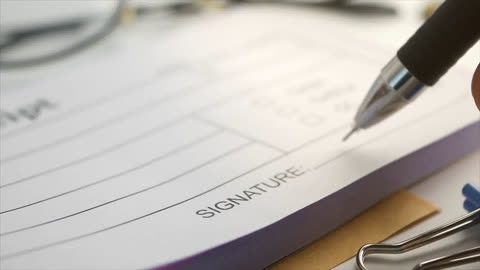Measuring a house is an important step in the buying or selling process. Accurately measuring a house helps determine its value and allows for proper assessment of the property. Measuring a house may seem like a daunting task, especially for those without experience, but it is actually a relatively simple process. In this guide, we will discuss how to measure a house accurately, how to calculate its square footage, and other important factors to consider.
Step 1: Create a sketch of the house
Before measuring a house, it is essential to create a sketch of the house on a piece of paper. A clear and accurate sketch will make the measuring process more organised and easier to follow. The sketch should include the exterior walls and major rooms or spaces of the house.
Step 2: Measure the exterior of the house
To measure the exterior of the house, start at one corner of the house, and using a measuring tape, measure the length of each wall in a clockwise direction. Record the measurements on the sketch and ensure that they are accurate. Once all wall lengths have been measured, add all the measurements together to determine the perimeter of the house.
Step 3: Measure the interior of the house
Measuring the interior of the house involves measuring the length and width of each room. Start with one room and measure the length of the longest wall. Record the measurement on the sketch. Then, measure the width of the room by measuring the longest wall perpendicular to the first measurement. Record the measurement on the sketch.
Repeat this process for each room in the house, including closets, hallways, and other areas. It is important to take accurate measurements and record them on the sketch.
Step 4: Calculate the square footage
Once all the measurements have been recorded on the sketch, calculate the square footage of the house. To calculate the total square footage of the house, add the square footage of all the rooms together. You can use an online square footage calculator or perform the calculation manually.
To calculate the square footage of a room or area, multiply the length by the width in feet. For example, if a room is 12 feet long and 10 feet wide, the square footage would be 120 square feet (12 x 10 = 120).
Step 5: Take note of important dimensions
Apart from calculating square footage, it is also important to take note of other dimensions in the house, such as ceiling height, floor height, and doorways. These dimensions can affect the value of the house or its functionality, so make sure to take them into account.
Use a measuring tape to measure the height of the ceilings in each room, including any unusual or sloping ceilings. Record the measurements on the sketch.
Measure the height of the floors in each room, as well as the height of the doorways and windows. The height of these structures can also impact the value and function of the house and should be recorded accurately.
Important factors to consider
When measuring a house, it is important to consider the following factors:
- Accuracy: Ensure that all measurements are accurate as even small errors can affect the overall value of the house.
- Inclusion and exclusion: It is important to distinguish between living spaces and non-living spaces such as garages, patios, and decks. Non-living spaces should be excluded from the total square footage calculation.
- Tolerance: In some cases, there may be discrepancies in measurements due to sloping or uneven surfaces. In such cases, it is important to consider a tolerance level and adjust for any inaccuracies.
Measuring a house may seem intimidating, but it is a straightforward process that can be completed with basic tools and attention to detail. Accurate measurement is essential when buying or selling a house as it impacts the value and function of the property. When measuring a house, it is important to create an accurate sketch of the house, measure the exterior and interior, calculate the square footage, and take note of important dimensions.
Keep in mind important factors such as accuracy, inclusion and exclusion, and tolerance when measuring a house. With these tips in mind, homeowners and real estate professionals can accurately measure a house and make informed decisions about buying or selling.




